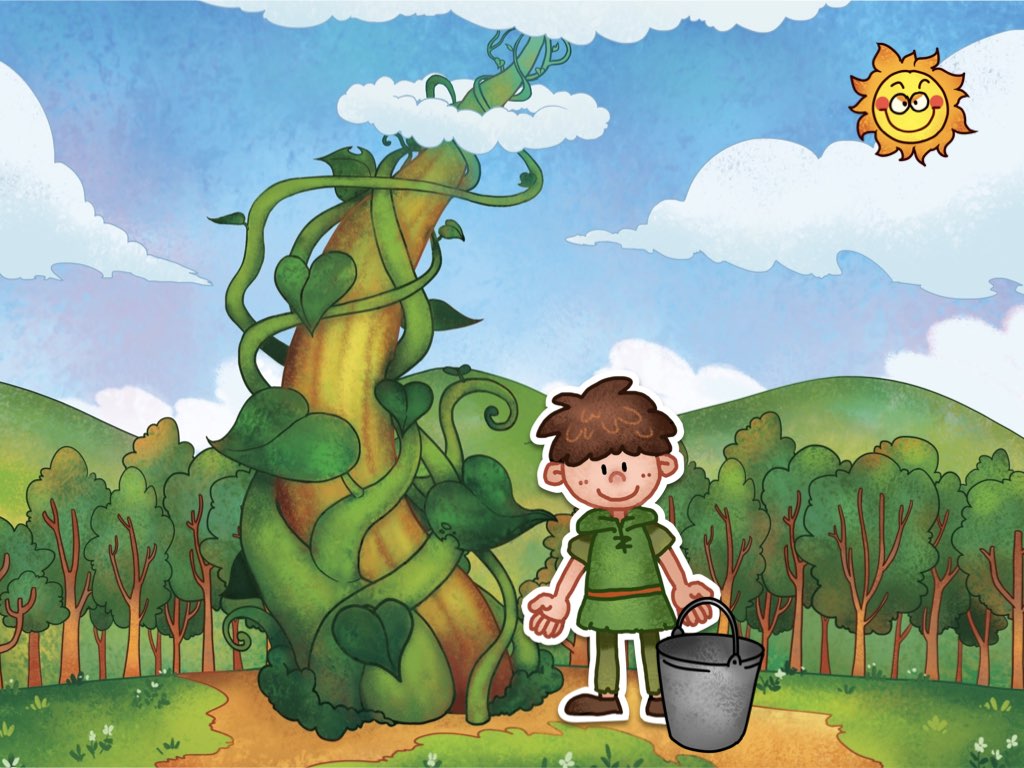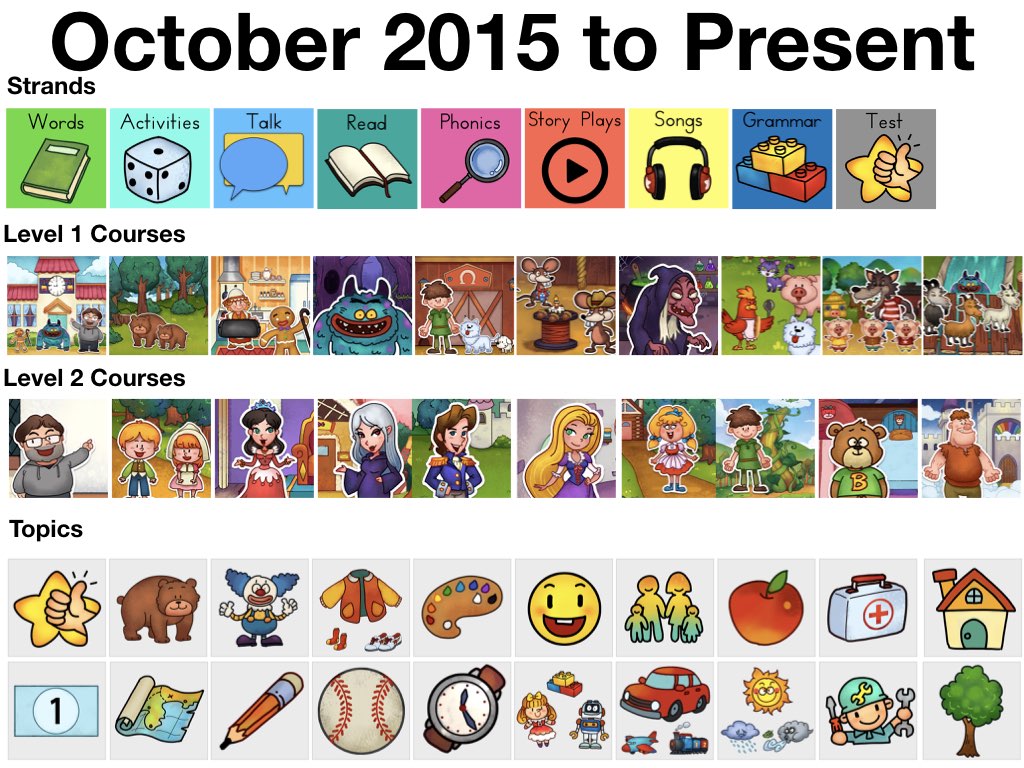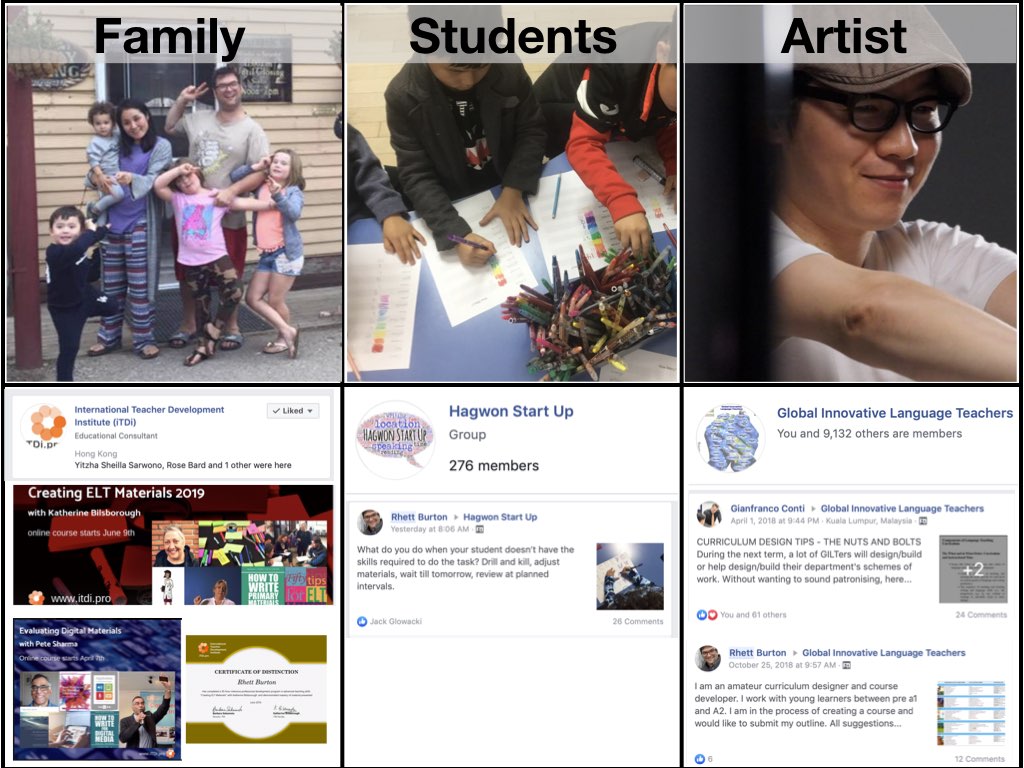 The Impossible Has Never Been Tunisian
The Impossible Has Never Been Tunisian
Faten Romdhani
Working conditions for teachers vary from one place to another. Like all developing countries, Tunisia aspires to provide better working conditions for its teachers. By this, I mean all variables that affect the quality of the work of the teacher, such as workload, schedule, working environment, classrooms, continuous professional development opportunities…
Yet, the question that pops up in my mind is this: Which is more important – the teacher, the quality of teaching, or the conditions the teacher is working in?
The answer would depend on the angle from which we are looking at the issue. For a better future for all (teachers, students, and the overall state of education), teacher quality, as well as working conditions are of equal importance. However, from a more personal perspective, teacher quality should be allotted much more importance and be the overriding concern of all stakeholders. Regular CPD opportunities such as exchange programs need to be available to every language teacher. Indeed, the major positive twist that could occur in the career of every professional could be possible through taking part in such programs and free courses for teachers (whether online or face-to-face) that could offer total immersion in English. At the same time, working conditions should also be given their due value, because teachers need to work at ease. Once they have alleviated schedules, connected classrooms, opportunities to upgrade their tech skills and to pursue learning, they will beat out all conundrums.
It’s all about leadership
It should be pointed out that good working conditions are not directly related to whether the school is located in an urban or rural area. You can find very well-refurbished classrooms, perfect working conditions coupled with collaborative staff in a rural school in a remote place, as well as in the centre of a big city.
Among many factors, this can be true mainly due to the exceptional leadership skills the school principal has and the ease with which he/she manages the load of administrative work. Provided that he/she creates a stress-free environment for the teachers, the students, and the whole staff, he/she then smoothes the way towards a notable success.
It’s all about professionalism
Teachers’ professional assets, such as knowledge, flexibility, and creativity, are by far much more impactful and substantially more important than the most basic infrastructure and primal equipment. A professional teacher is a teacher who defies the impossible and turns every difficulty into a possibility. This might seem like a utopian vision, however, it is something I do believe in. I think that teachers’ hidden (or unhidden) powers to propel positive change are beyond any measure. What a teacher needs is a growth mindset, a passionate character for teaching, a forward-looking and forward-thinking team to work with. I have witnessed many times how teachers come up trumps with far-reaching goals, just because they did not give in when they had every reason to give up.
Don’t tell me this kind of a “superhero” teacher does not exist! They exist, and they are making a huge difference not only in remote and underprivileged areas in my country, Tunisia, but also in crowded suburbs of many big towns.
Teachers are superheroes
To be born to be a teacher is to be a superhero. Teachers do work, more work than the official schedules administered to them. They sacrifice their family gatherings, evenings, and holidays for the sake of planning, grading, and piling up resources. What is more, they do feel their work is undervalued by the vast majority of society. Teachers are envied for having long summer holidays, though these holidays are only a small part of the unnerving load of year-long work. And any human being needs some well-earned rest after toiling and draining all energy. Nevertheless, I know some teachers who do carry on planning and reading professionally during the summer break lest they feel stale.
The impossible has never been Tunisian
Despite all constraints, teachers find it gratifying that they defy all challenges and succeed in making a difference in the schooling of their students. The day their students graduate is the day they feel that the seeds they have been planting are now in full bloom, they feel utterly proud to see the fruit of all their work. Not only this, but even those who do fail come back to their teachers to seek comfort and consolation. Teachers are change makers, visionaries, and their journey towards professionalism gains momentum, particularly if they are accompanied by far-sighted mentors. Such mentors are the ones who can help teachers attain much of their undiscovered potential.

 The ELT Workshop
The ELT Workshop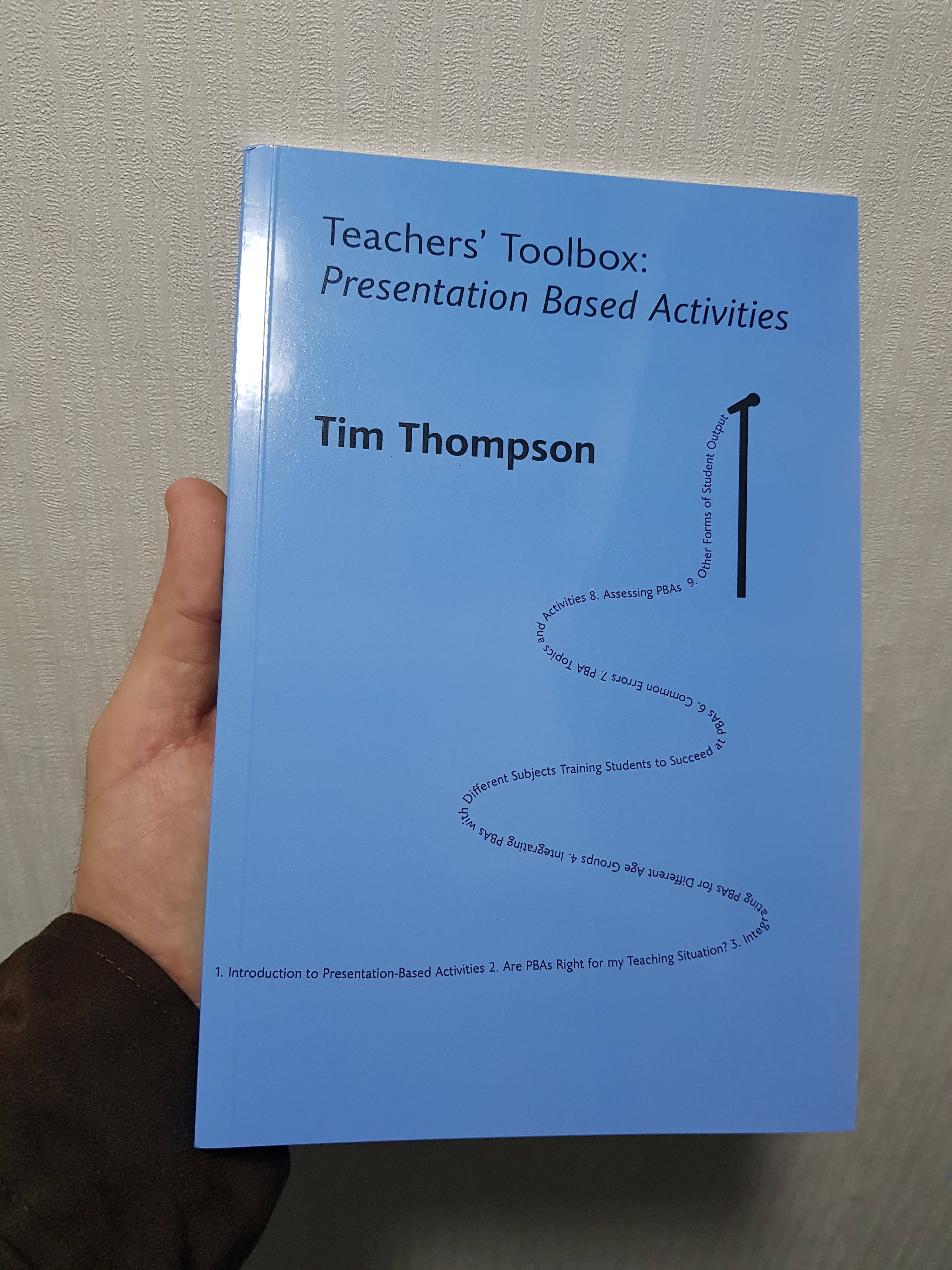
 The Publishing in Self-Publishing
The Publishing in Self-Publishing How You Can Self-Publish and Fill the Gap
How You Can Self-Publish and Fill the Gap
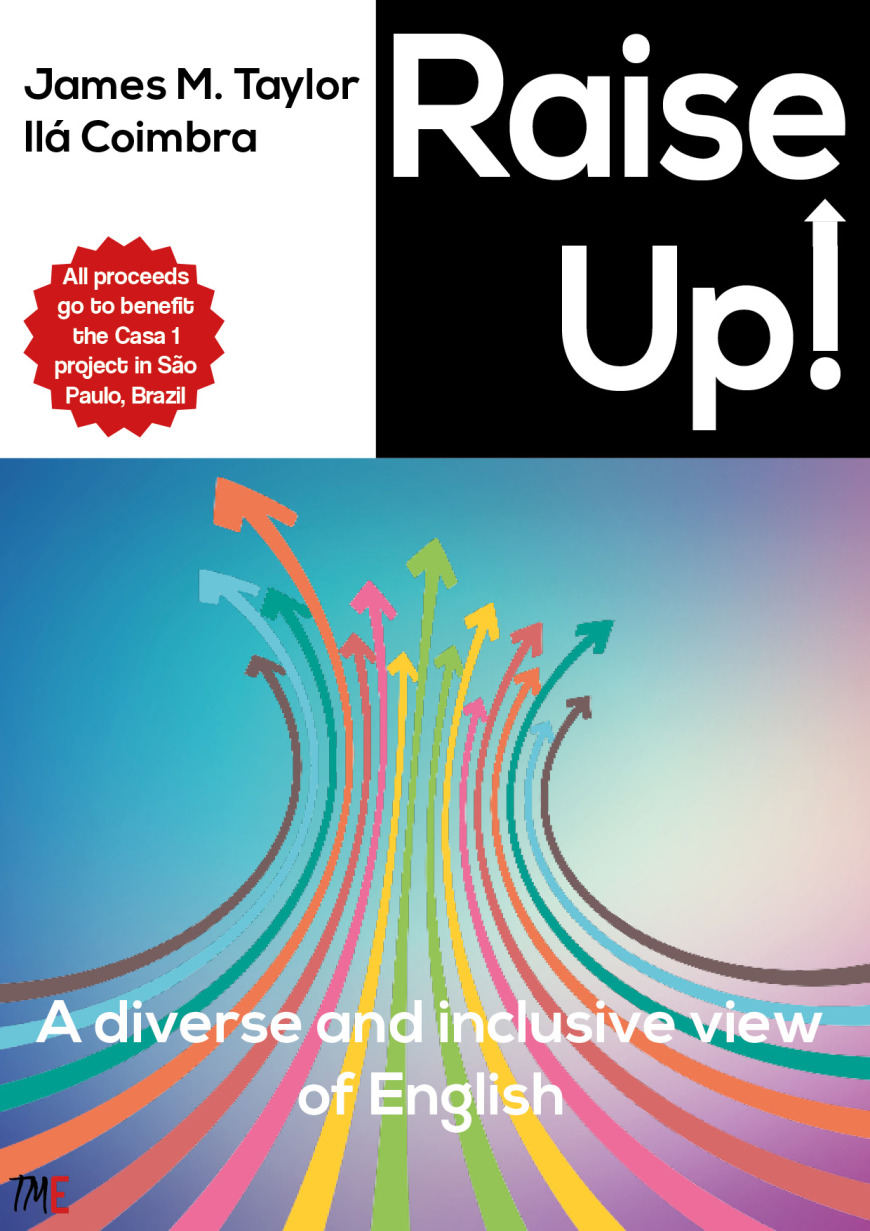
 A Journey into Creating Materials
A Journey into Creating Materials